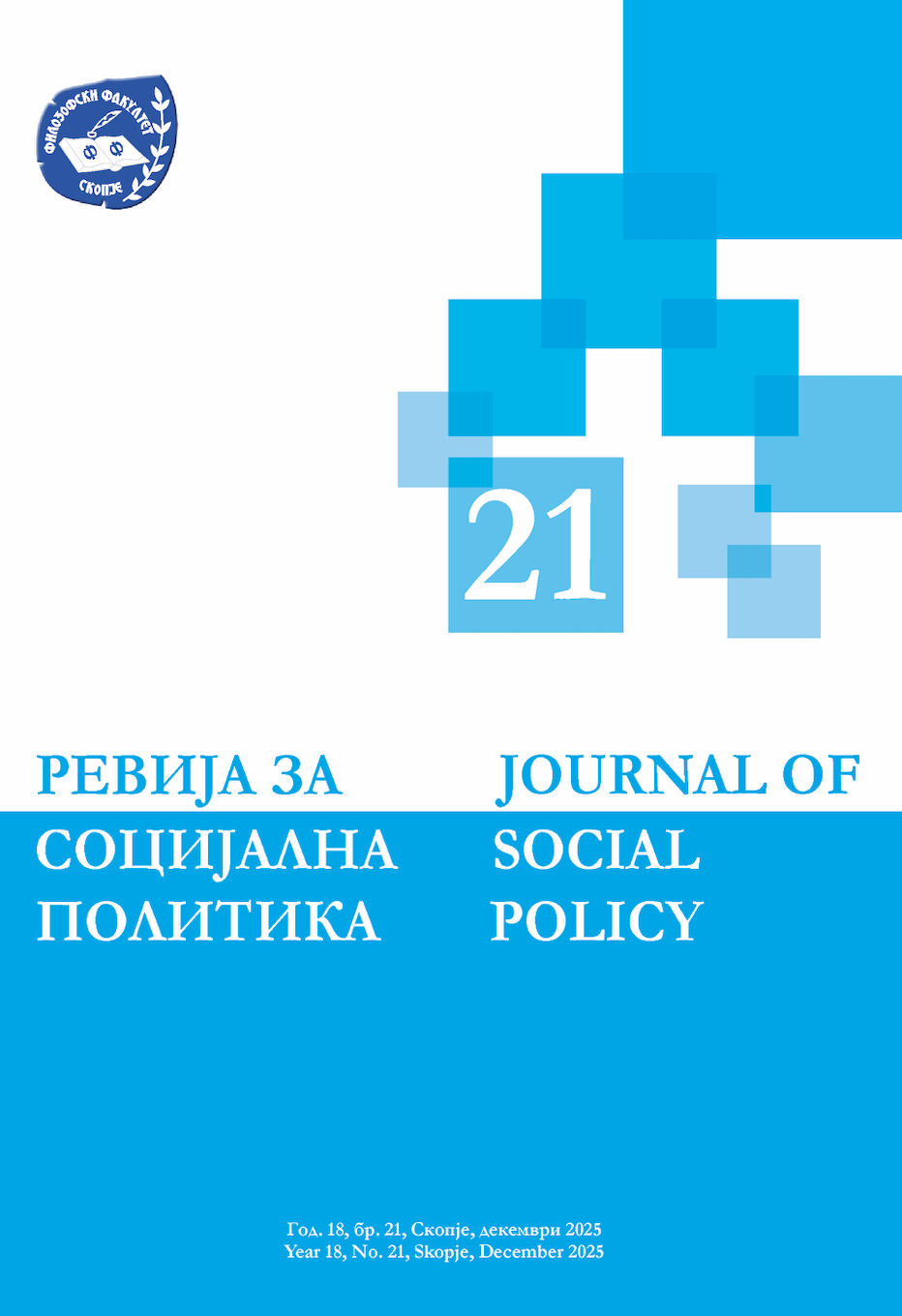Flexible enough? Retirement pathways and their outcomes in Lithuania
ДОИ:
https://doi.org/10.37509/socpol25182165nКлучни зборови:
flexible retirement, pensionable age, pensions, LithuaniaАпстракт
This paper examines institutionally defined flexible retirement pathways and their outcomes in Lithuania - an EU member state with one of the highest employment rates among the older adults. The focus is on the main statutory old-age pension scheme. In Lithuania, the most widely used flexibility mechanism is the full combination of work and pension benefits beyond the pensionable age. Combined with relatively low life expectancy, it leaves the pathway of pension deferral as largely irrelevant despite of relatively generous conditions. Early retirement is rare due to restrictive rules and financial disincentives, except for periods of economic downturn. The high employment rates among older adults and the increasing duration of working life appear to be driven less by pension flexibility and more by structural factors such as low pension replacement rates, elevated old-age poverty, evolving labour market dynamics, and increases in the statutory pensionable age. As demographic pressures intensify, particularly in the context of a rapidly ageing Lithuanian population, additional forms of pension flexibility - such as differentiated or flexible pensionable age, or partial pensions - may gain political relevance. A key policy challenge for Lithuania lies in fostering later-life employment by mitigating negative financial, health- and care-related, as well as age-discrimination barriers, while promoting positive drivers including favourable working conditions, labour market adaptability and possibilities for choosing a variety of flexible retirement pathways.
Превземања
Преземања
Објавено
Издание
Секција
Дозвола
Авторско право(c) 2025 Jekaterina Navicke, Romas Lazutka

Овој труд е лиценциран под Creative Commons Attribution-NonCommercial 4.0 International License.
The journal allows the author(s) to hold the copyright without restrictions.
The journal allows the author(s) to retain publishing rights without restrictions.










